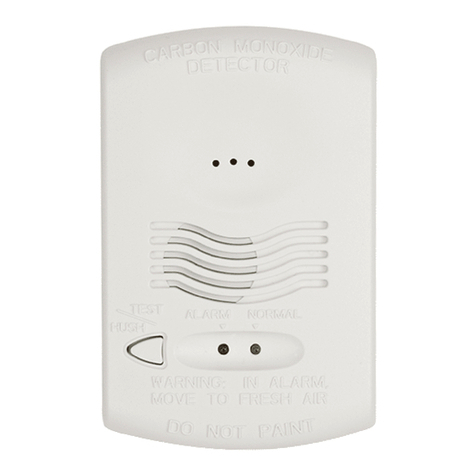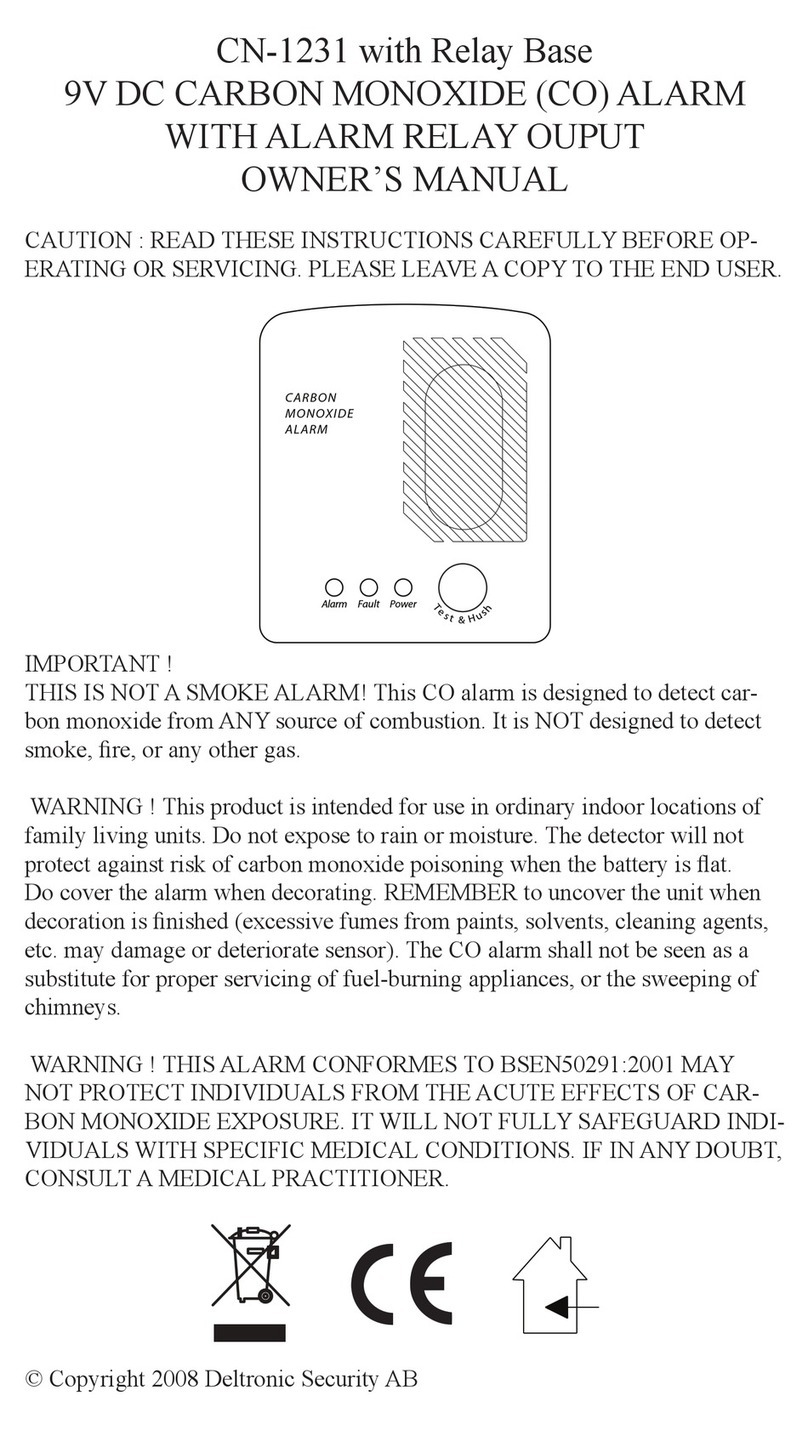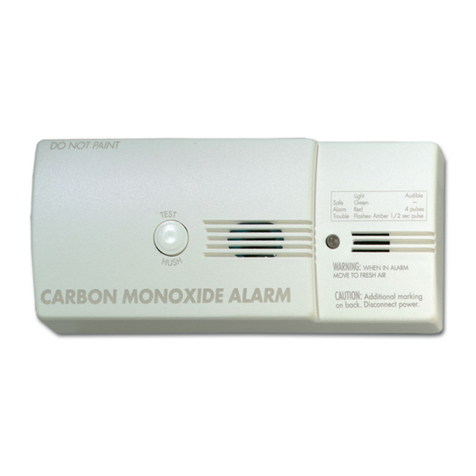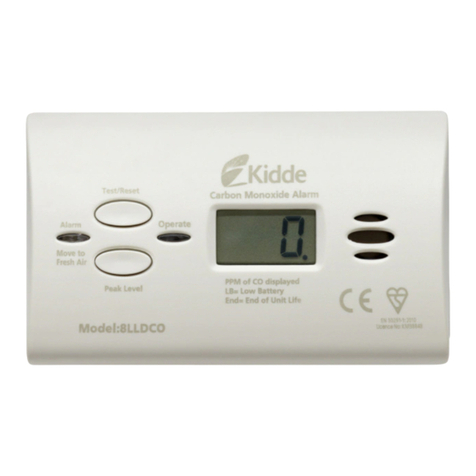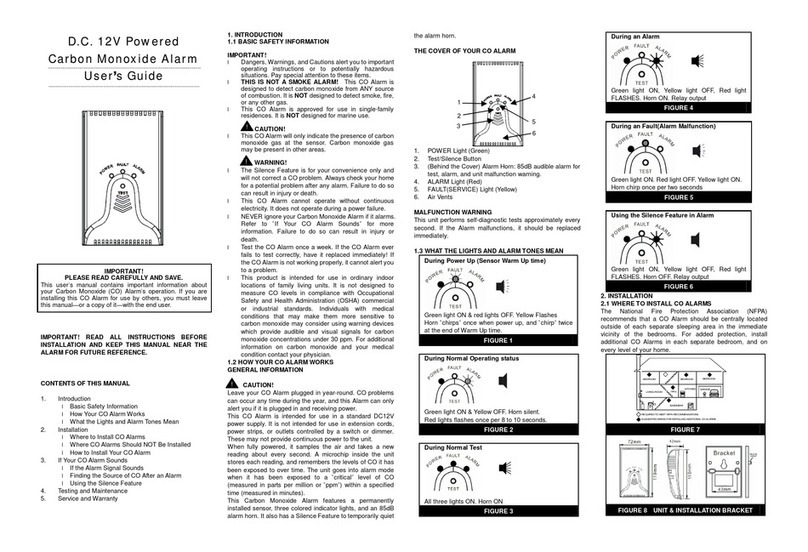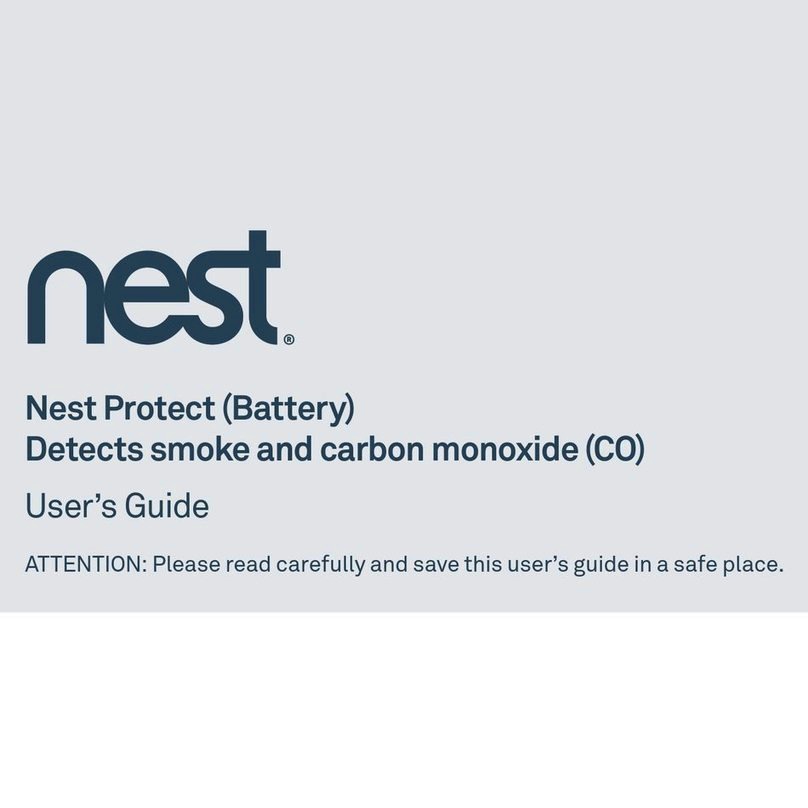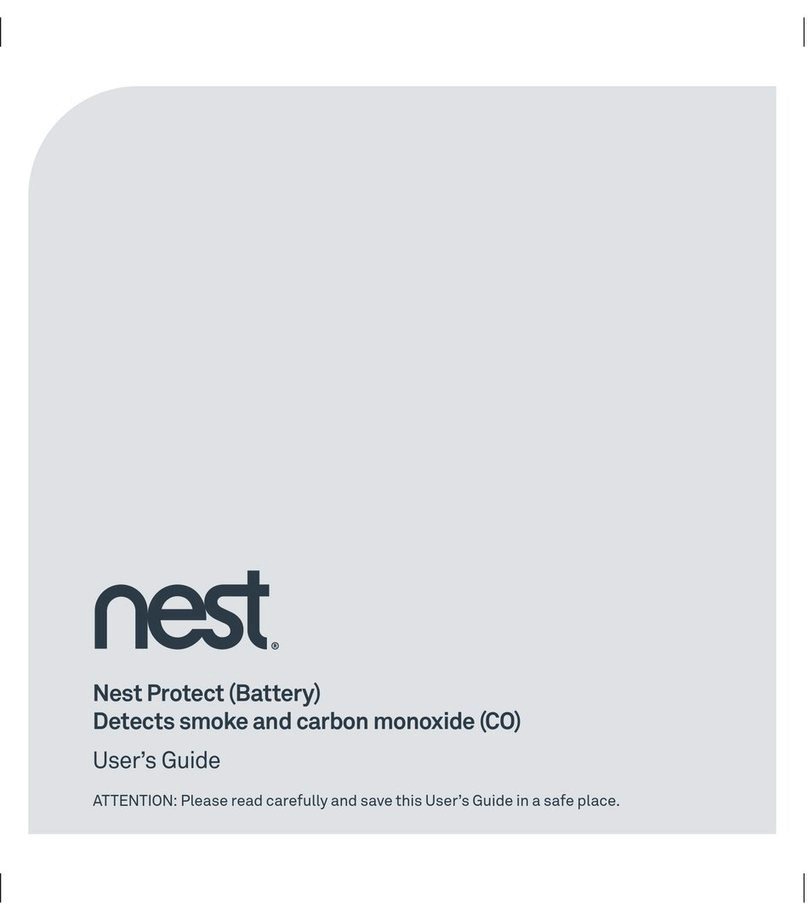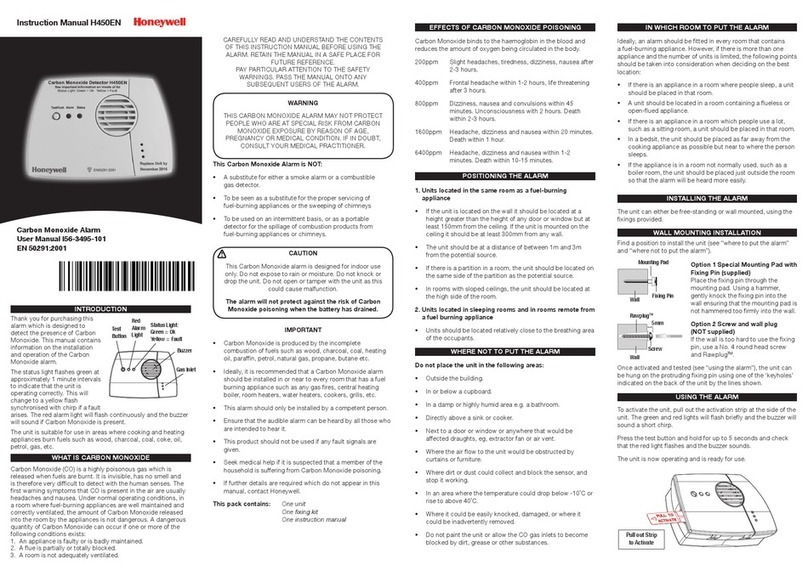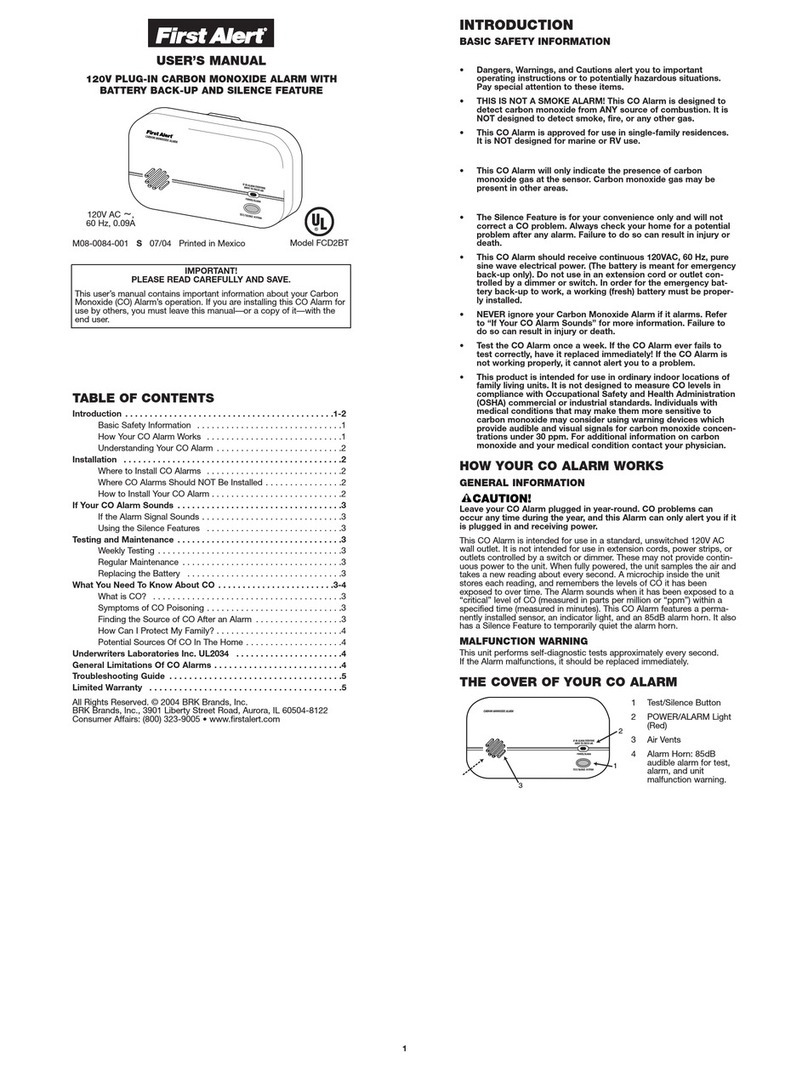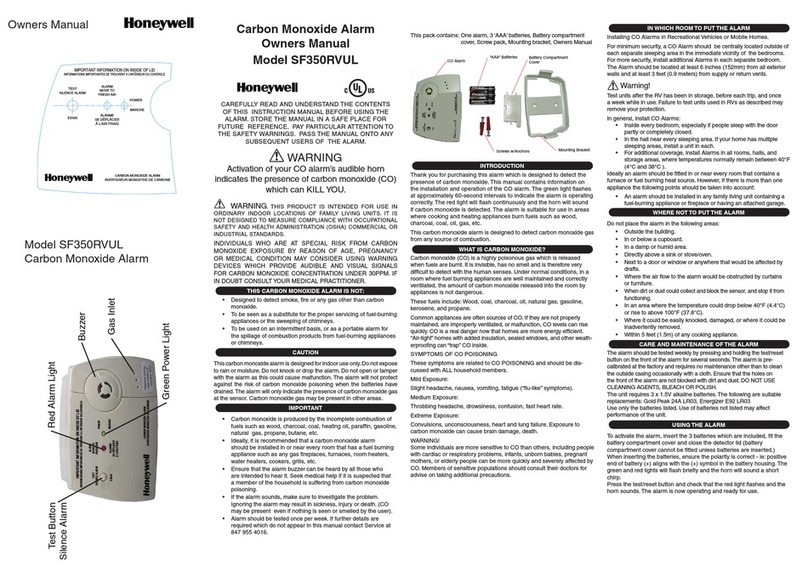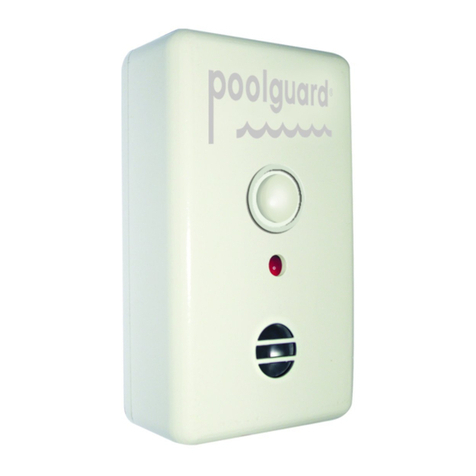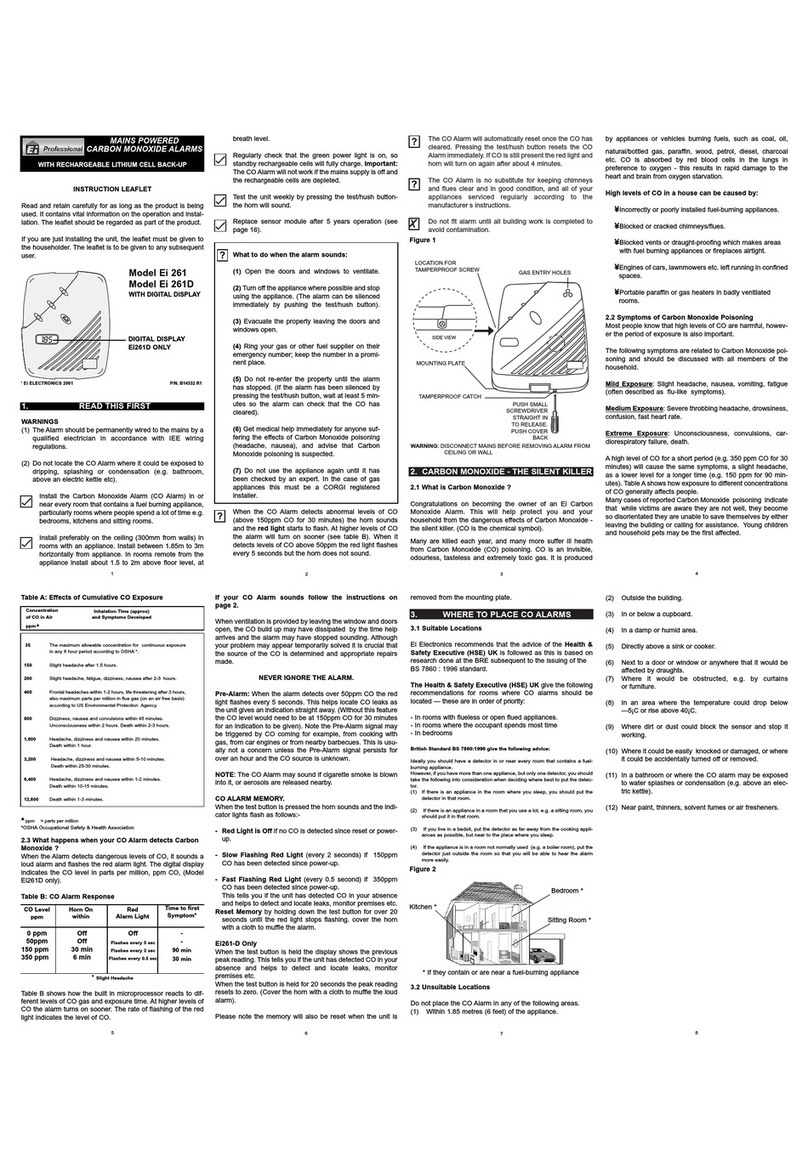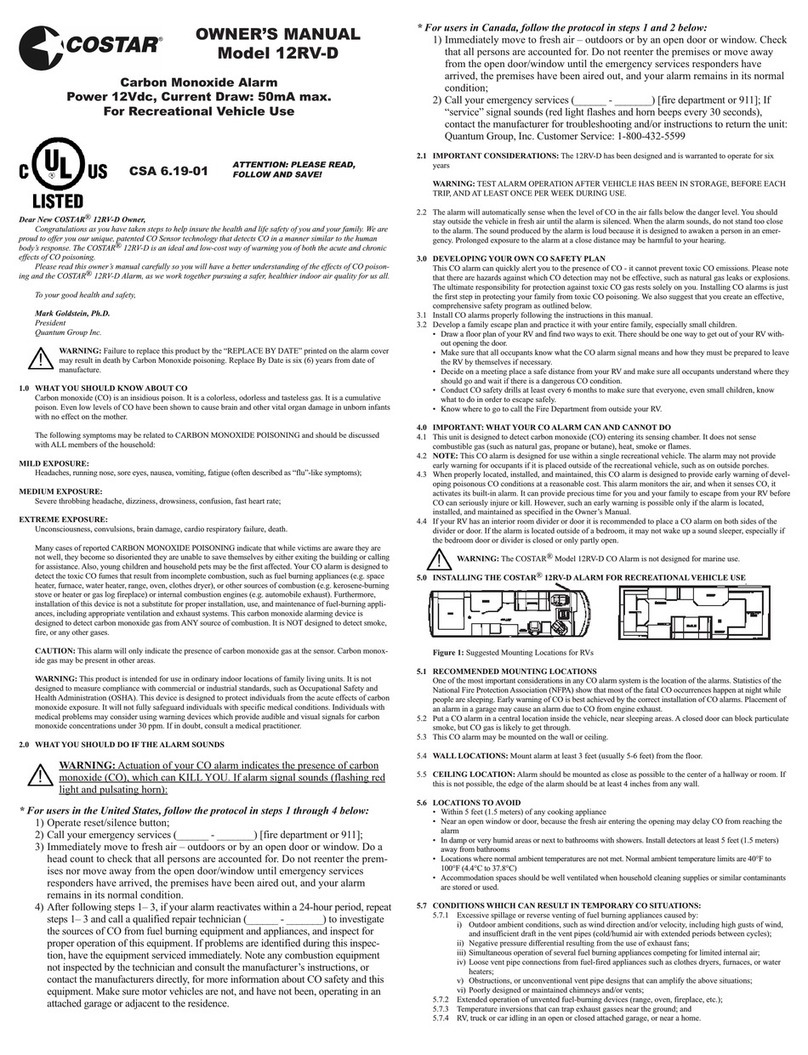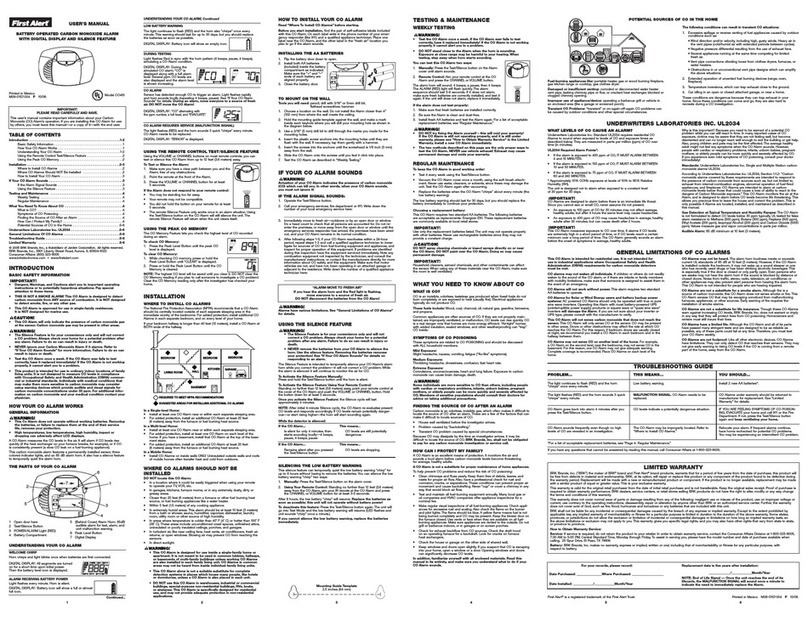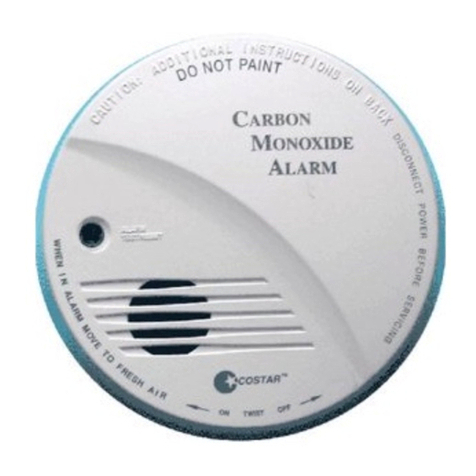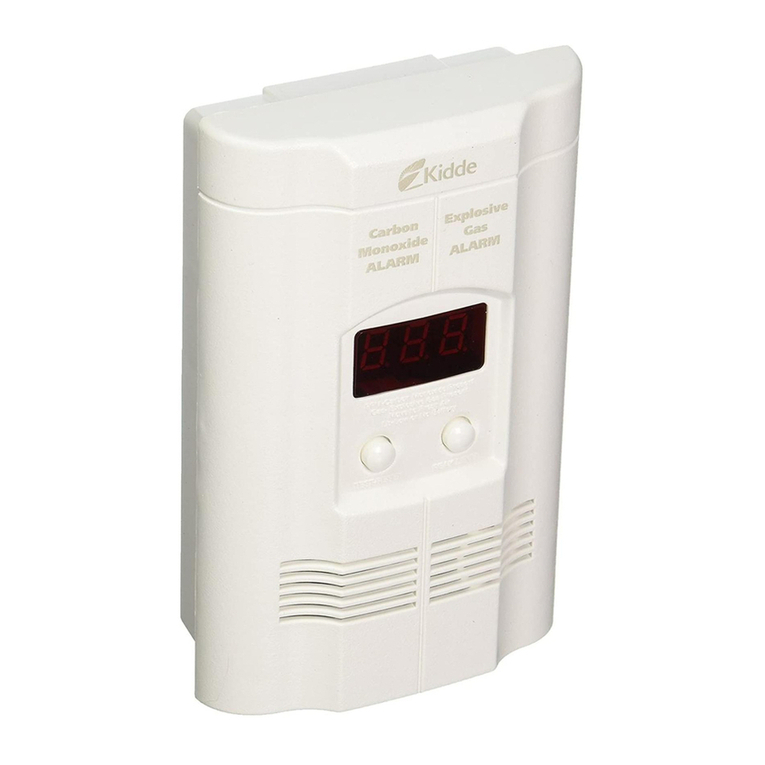Already Added New
8
The installation of a smoke/CO alarm should
be made by a qualified technician, and all
wiring used to install this alarm should be
made in accordance with articles 210, and
300.3B of the National Electrical Code ANSI/
NFPA 70, NFPA 72, and/or applicable codes in
your local jurisdiction.
For a complete set of instructions and
warnings, refer to page 22.
SETUP AND INSTALLATION
(Professional installation recommended)
Tip: Lay everything out on a table for an easy installation.
1.Get the Nest app
Before you install your Nest Protect on the
ceiling or wall, you’ll need to set it up with
the Nest app. Download the app from the
Apple App Store, Google Play or the Amazon
App Store and create a free Nest Account.
3.Have more Nest Protects?
The Nest app will ask you if you have additional
Nest Protects to set up. If so, it’ll take you
through a shorter setup. Make sure to keep
track of which Protects you’ve already set up
and where you’re going to install them.
2.Set up Nest Protect with the
Nest app
The Nest app will guide you through each step:
scanning the Nest Protect QR code, connecting
it to the internet, and connecting it to other
Nest Protects in your home.
Watch the video at nest.com/installprotect
